Clothing tags, size labels
Adding size tags to your clothes is a good idea, especially when you plan to make similar items in multiple sizes or intend to sell them. Size labels can be placed anywhere on clothing, but are typically located next to the "Care and Content" label or affixed to the brand label. You can also choose to add size information directly to the care or brand labels you have already planned to order, but this means you may need to order a series of labels if you plan to provide multiple sizes.
Hanging labels in busy retail environments can draw people's attention to your brand and products. They are usually made of thick cards and displayed in visible positions on the product to provide shoppers with information they want to know immediately, such as price and size. They are designed to be removable once the item is purchased, so many designers use their tags as a place to tell the brand story. This is a great method to help new customers better understand why your product is special while browsing the shelves.
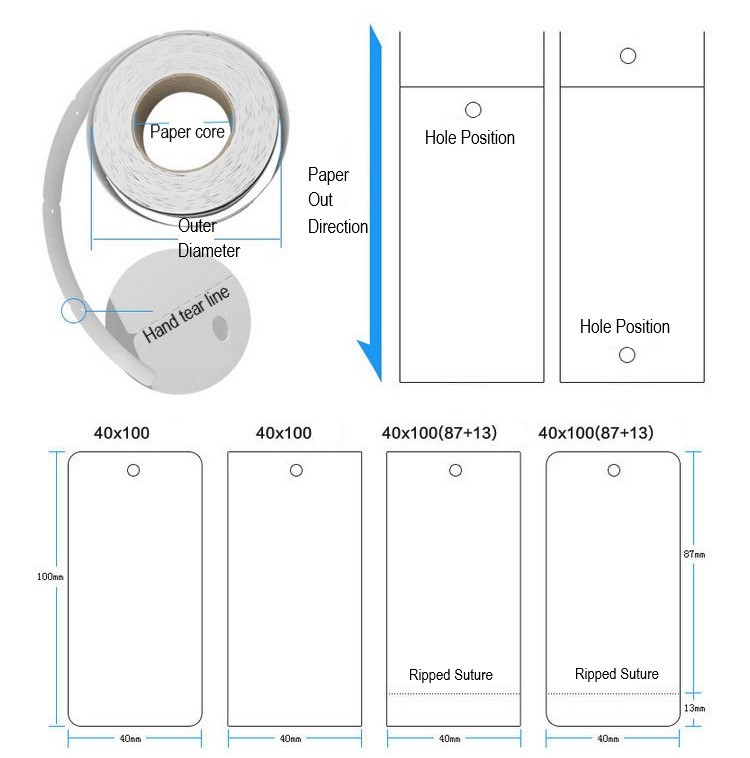
Clothing tag design and production
Nowadays, hang tags are indispensable for products, and clothing hang tags embody the designer's hard work. We can feel the designer's ingenious ideas and colorful imagination from clothing hang tags. They display many things on a small hang tag. Below, the editor will take you to learn how to design a beautiful clothing hang tag.
Firstly, the choice of paper includes copperplate paper, grey cardboard, white cardboard, kraft paper, specialty paper, and so on. Each type of paper has its own advantages and characteristics, such as the water resistance and transparency of specialty paper, the smoothness and flatness of copperplate paper, high smoothness, glossiness, and whiteness, suitable for use in art pictures, illustrations, magazines, and so on. Ownlikes is a comprehensive manufacturer specializing in the production and design of printed materials such as clothing tags, tickets, adhesive labels, boarding passes, etc.
The printing type and process of paper first determine whether the printing method is spot color printing or four-color printing, and then determine the printing process, such as hot stamping, hot stamping, UV, embossing, embossing, etc. From design layout → plate making → machine printing → surface treatment → die-cutting finished products → manual/post-processing → quality inspection → packaging → transportation of goods. So creating exquisite clothing tags is not a simple task.
The problem of warping when adding copperplate paper labels to daily chemical labels
Ownlikes once encountered a case where a customer reported that the label on the packaging bottle of toilet cleaner started to curl after 24 hours. At that time, the enterprise was very strange. Generally speaking, after 24 hours of labeling, the adhesive of the self-adhesive material would completely bond with the surface of the object being labeled, which should be the time when the stickiness was strongest. Why did it start to curl up 24 hours after labeling? After on-site investigation, it was found that the customer was using labels processed from copperplate paper material
We know that paper has a certain degree of water absorption, and the packaging bottles used as stickers are made of plastic material. After the packaging bottles are labeled, they are placed in the warehouse. According to tests conducted by Xingyue Printing Technology, the relative humidity in the labeling workshop was 55%, while the relative humidity in the warehouse was only 25%. The humidity in the warehouse was significantly different from that in the labeling workshop. Although plastic bottles do not shrink due to changes in humidity, the labels will shrink quickly after being placed in the warehouse due to the rapid loss of moisture, which is the reason why the labels curl up
In fact, the packaging bottles of daily chemical products on the market are mainly made of high-density PE or PP materials, so using thin film adhesive labels of the same material is the most suitable: on the one hand, thin film materials are not easily affected by humidity; On the other hand, the film label made of the same material as the packaging bottle has a shrinkage rate that is basically the same as that of the packaging bottle, so it is least likely to have warping problems
However, toilet cleaner is still a relatively low-end daily chemical product. If thin film adhesive label materials are used, it will increase the product cost to a certain extent. Therefore, it is recommended that companies that must use copperplate paper to process such labels due to cost considerations must cover or polish the labels to reduce the impact of external humidity changes on the label materials
Machinery Industry Label
Precautions for Labeling in the Machinery Industry:
1. When using labels, the label paper should be kept warm (around 20 ℃) so that it can exert maximum adhesion
2. The use of labels should only be applicable in dry weather (i.e. without rain, snow, etc.)
3. Labels should be applied to concrete surfaces with temperatures above 10 ℃
4. Labels should be applied to surfaces suitable for adhesion. The surface suitable for pasting should be smooth, without cracks, holes, and gravel
5. Before pasting, the surface of the object to be pasted should be cleaned first
6. Try to avoid contaminating glue with income and expenses as much as possible
7. After pasting, it is necessary to press the label firmly a few times
Precautions for saving labels in the mechanical industry:
1. Outdoor power labels should be placed as flat as possible. Long term slanted or upright placement may cause glue overflow
2. Outdoor labels for electricity should be placed inside packaging boxes as much as possible. Placing dust and humid environments can have adverse effects on the surface of the tape and the adhesion of the adhesive
3. The retention period after opening is 1 year
4. Try to store in a dry, ventilated, and cool environment
Automotive Industry Label
Labels used in the automotive industry must be able to withstand a series of challenges, including climate, chemical, and various pressures during vehicle use and maintenance. The automotive industry labels are often divided into exterior body labels, accessory labels, tire labels, etc., using materials such as PET, PI, PE, etc., for identification of accessory products. They can print barcodes for data collection, process management, and product quality tracking of automotive parts products. They can be applied to different fields of the automotive industry, including but not limited to brake pads, wheels, tires, belts, hoses, engines, calipers, axles, electronic braking systems, wiring harnesses, plastic internal parts, external parts, and hood components.
Automotive parts labels can be made of materials such as PET, PI, PE, etc., which have stable high temperature resistance, chemical solvent resistance, good adhesion performance, and can adhere to oily surfaces, wet surfaces, rough or dirty surfaces. They are commonly used for identification, warning signs, production process control of accessory products, and traceability of internal components (suitable for thermal transfer barcode printing technology, process management and product quality tracking of automotive parts).
Application areas include but are not limited to: brake pads, wheel hubs, engines, axles, electronic braking systems, wiring harnesses, automotive batteries, new energy vehicle three electric systems, etc.
We offer comprehensive technical support, including free professional labeling solutions, advice on label materials and adhesive selection, as well as online/offline assistance from professional software and hardware engineers. Service email: andy@ownlikes.cn. In pre-sales, we leverage our extensive experience in specialty labeling projects to provide clients with the most suitable hardware solutions. Additionally, all our label barcode printers and scanners come with a three-year free warranty, demonstrating our confidence in our products.


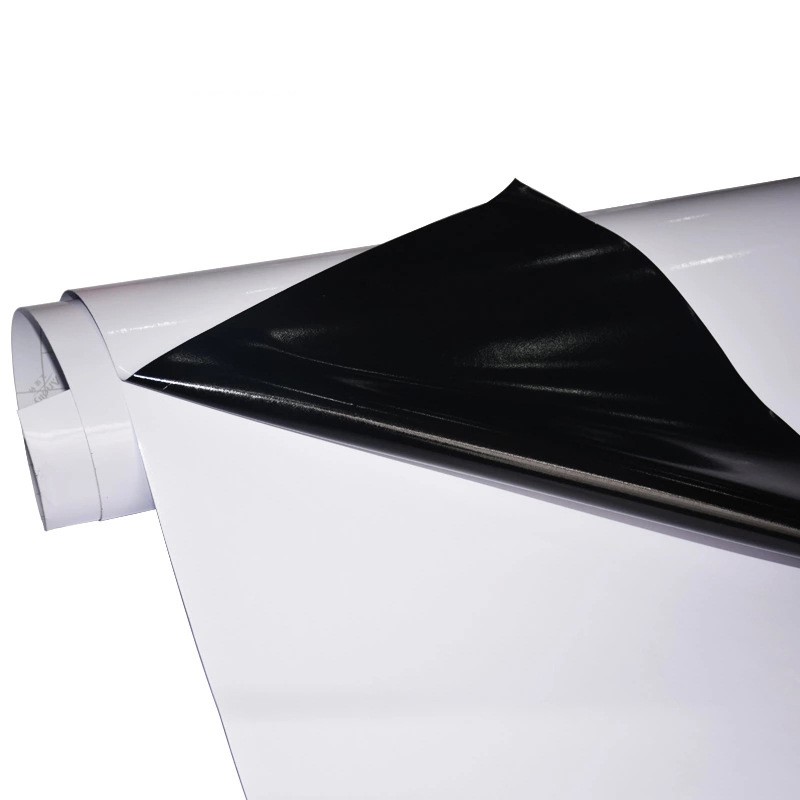
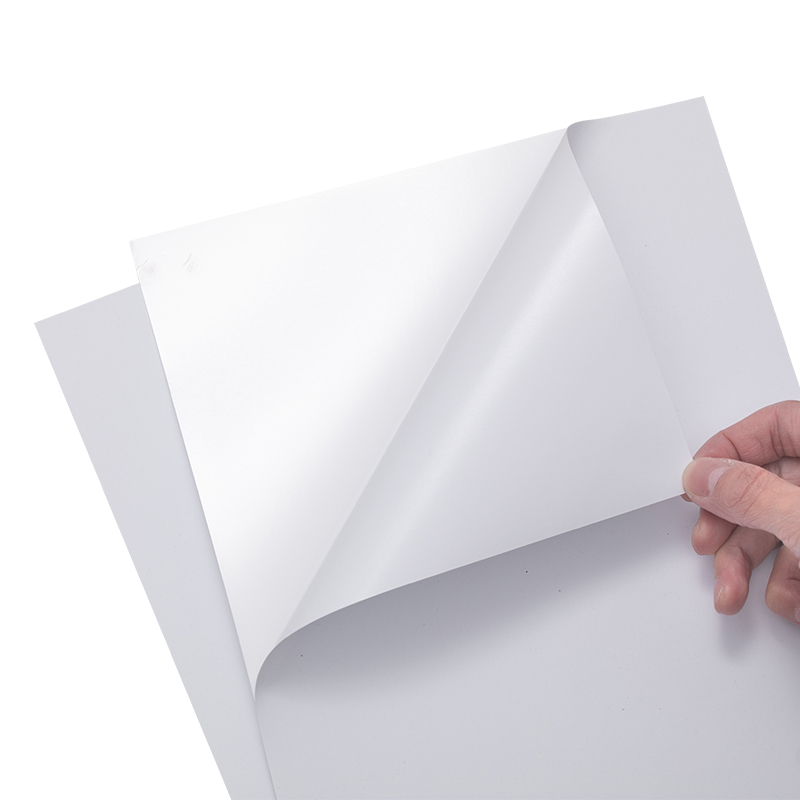
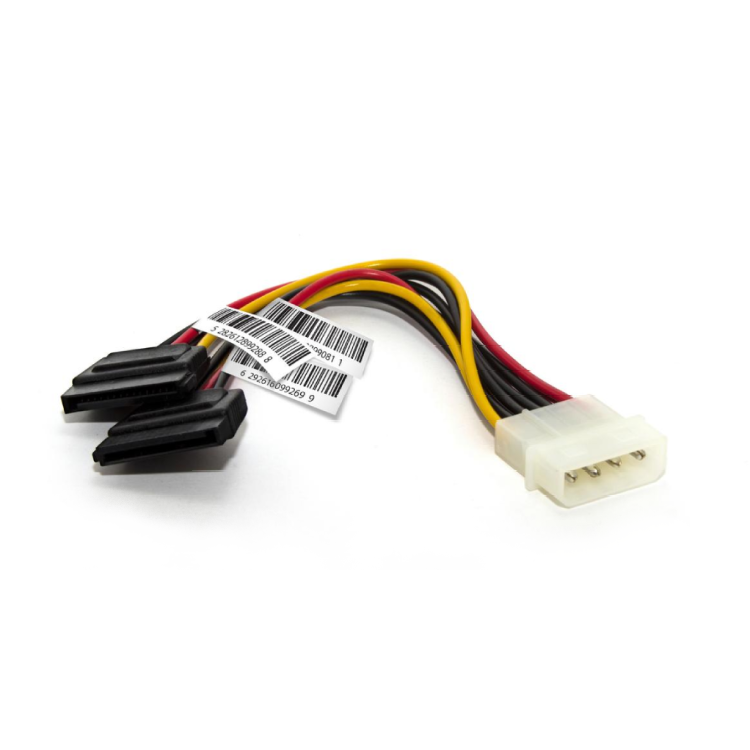
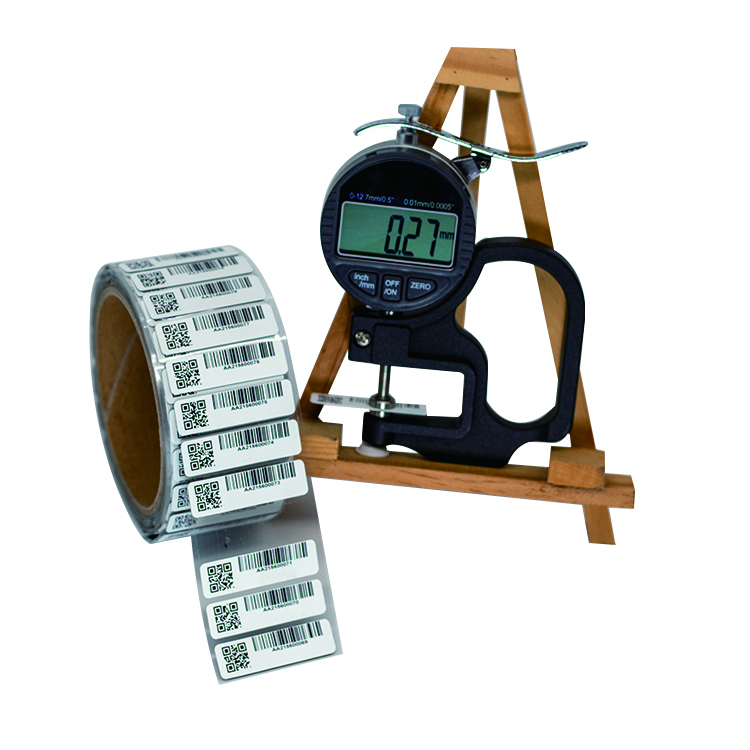
This site is protected by reCAPTCHA and the Google Privacy Policy and Terms of Service apply.